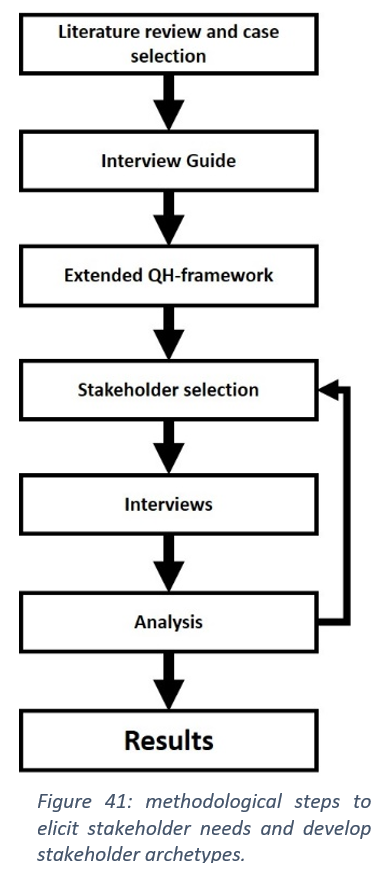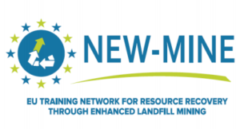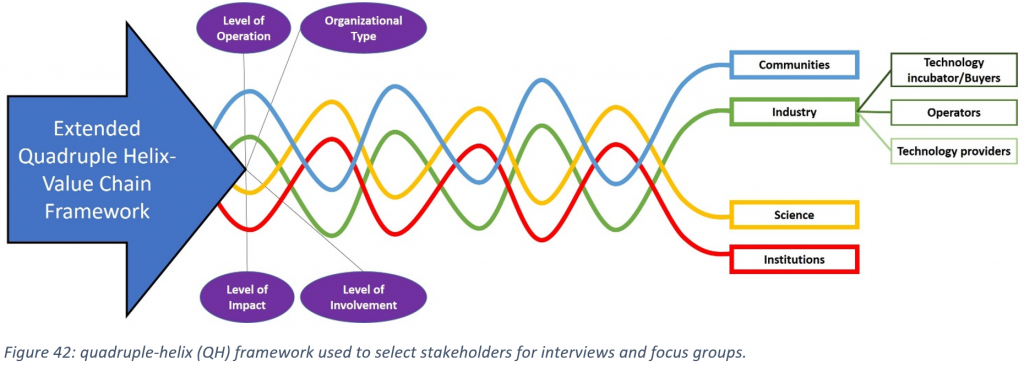
I am the last in line of all NEW-MINE ESRs. My job is to look at policies and regulations affecting ELFM and how to actually implement it. To do so I will look at all the different stakeholders involved, like the different landfill owners or local communities (You might have read about our Locals Event). The point of this is to identify important regulations and market conditions for different stakeholders to then develop a method to quantify environmental impacts of ELFM and integrate these externalities with the work of my colleague Jay-el. We will also apply our developed method and if all goes well I will write some policy guidelines to spread the gained knowledge. Any questions? Contact me via email.
Problem statement & objectives
Assessing societal impacts is a challenging task. Social conditions vastly differ throughout the world and depending on the involved stakeholders, distinct emphasis is set. In the context of enhanced landfill mining (ELFM), i.e. resource recovery from landfills through the use of innovative technology, some of the major stakeholders involved include landfill owners, governmental institutions, technology providers, local communities as well as energy and material companies. This concept of excavating and processing historical waste streams to higher added values can be seen as a continuation of traditional landfill mining (LFM) and seems to be an innovative and promising idea for potential environmental and societal benefits.
While environmental and private economic factors in the field of ELFM have gotten some scientific attention, societal impacts have generally not been assessed thoroughly. To fill this research gap, we propose an anticipatory approach, integrating stakeholder values and including uncertainty through the use of prospective modelling tools and multiple social perspectives. The research aims at assessing stakeholder needs and perspectives to derive societal impact factors that qualitatively and quantitatively integrate socio-economic and socio-environmental externalities. Developing an integrated assessment model for ELFM, showing how a variety of factors and stakeholders are causally related and affected is an important step to a better understanding of such projects. Besides academia, private organizations and policymakers account for the main beneficiaries of the research. Private organizations would be able to anticipate areas of potential conflict and integrate externalities in their decision-making processes. Policymakers would be able to develop more effective communication strategies and more just policies, being able to shift unjustly distributed burdens and benefits. Moreover, by evaluating environmental and societal impacts from ELFM and different stakeholder groups, policymakers will be able to better foresee future costs and can anticipate unnecessary spending.
Methods
 To identify the different perspectives taken on ELFM through eliciting specific stakeholder needs and the development of stakeholder archetypes for ELFM, semi-structured interviews were conducted. Eliciting stakeholder needs was an iterative process, starting with a literature review. From the gained knowledge, an interview guide was developed and potential interviewees identified. Two rounds of interviews were conducted. The interviews were recorded and transcribed, and analysis was carried out eliciting stakeholder needs. The interviews were further analysed using a general inductive approach and from the findings, the stakeholder archetypes were developed. A schematic representation of the various steps involved in this method can be found in Figure 41. The stakeholder selection process was based on an extended quadruple-helix (QH) framework represented in Figure 42.
To identify the different perspectives taken on ELFM through eliciting specific stakeholder needs and the development of stakeholder archetypes for ELFM, semi-structured interviews were conducted. Eliciting stakeholder needs was an iterative process, starting with a literature review. From the gained knowledge, an interview guide was developed and potential interviewees identified. Two rounds of interviews were conducted. The interviews were recorded and transcribed, and analysis was carried out eliciting stakeholder needs. The interviews were further analysed using a general inductive approach and from the findings, the stakeholder archetypes were developed. A schematic representation of the various steps involved in this method can be found in Figure 41. The stakeholder selection process was based on an extended quadruple-helix (QH) framework represented in Figure 42.
In a consequential step, the derived societal impacts will be quantified through prospective modelling and the use of system dynamics methods. In an immediate next step, causal relations between the identified societal impacts and different processes as well as systematic factors will be mapped through the development of causal loop diagrams (CLDs). This should lead to the identifications of important indicators, representing the societal impact factors to be assessed. To do so, additional interviews and a focus group have been organized. The results are currently being analysed.
Results
The results show that the perspectives lead to different and sometimes contradicting implications for ELFM implementation. Five stakeholder archetypes for ELFM have been developed and 18 stakeholder needs identified. The interviews took on average 54 min. The raw textual data comprised over 70.000 words. The analysis led to the categorization of stakeholder needs into four major clusters: (i) societal needs, (ii) needs for environmental benefits, (iii) regulatory needs, and (iv) techno-economic needs. To structure the diverse and complex perspectives, stakeholder archetypes were developed. Each stakeholder type ought to be understood as a prototype for a distinct approach to ELFM implementation to facilitate the understanding of different stakeholders, and tailor research and industrial activities to stakeholder needs. In total five different stakeholder archetypes have emerged from the analysis: The Engaged Citizen, the Entrepreneur, the Technology Enthusiast, the Visionary and the Skeptic.
Conducting stakeholder interviews has proven to be a valid method to evaluate stakeholder needs. Although some stakeholder needs have been addressed in the assessment of the Remo case, the study shows that an integrated assessment method is needed, and implications for ELFM research can be generalized even though specific stakeholder needs might vary amongst different case studies. Landfills were perceived as temporary storage facilities and knowledge about ELFM was mostly well established. All stakeholders constitute a positive attitude towards ELFM, but motivations for engagement differ amongst stakeholders. Misconceptions exist about the main economic drivers for ELFM implementation, where industry and institutional actors identify land recuperation and communal actors material recovery as main drivers. Homogenously, stakeholders identified environmental benefits coming from the mitigation of risks through waste removal and avoidance of primary resource consumption. Stakeholder integration was perceived as the main societal challenge.
Conclusion & Outlook for further work
To accomplish the Ph.D. research four publications are planned, of which two have been published to peer-reviewed journals. The third publication is in preparation and results are currently being analysed. The fourth year of the Ph.D. research will comprise the integration of societal, economic and environmental assessment models into a holistic approach. This is planned in close cooperation with two other Ph.D. researchers from UAntwerpen and KU Leuven. The developed model will be tested on the Remo landfill, located in Houthalen-Helchteren, in Flanders, Belgium.


